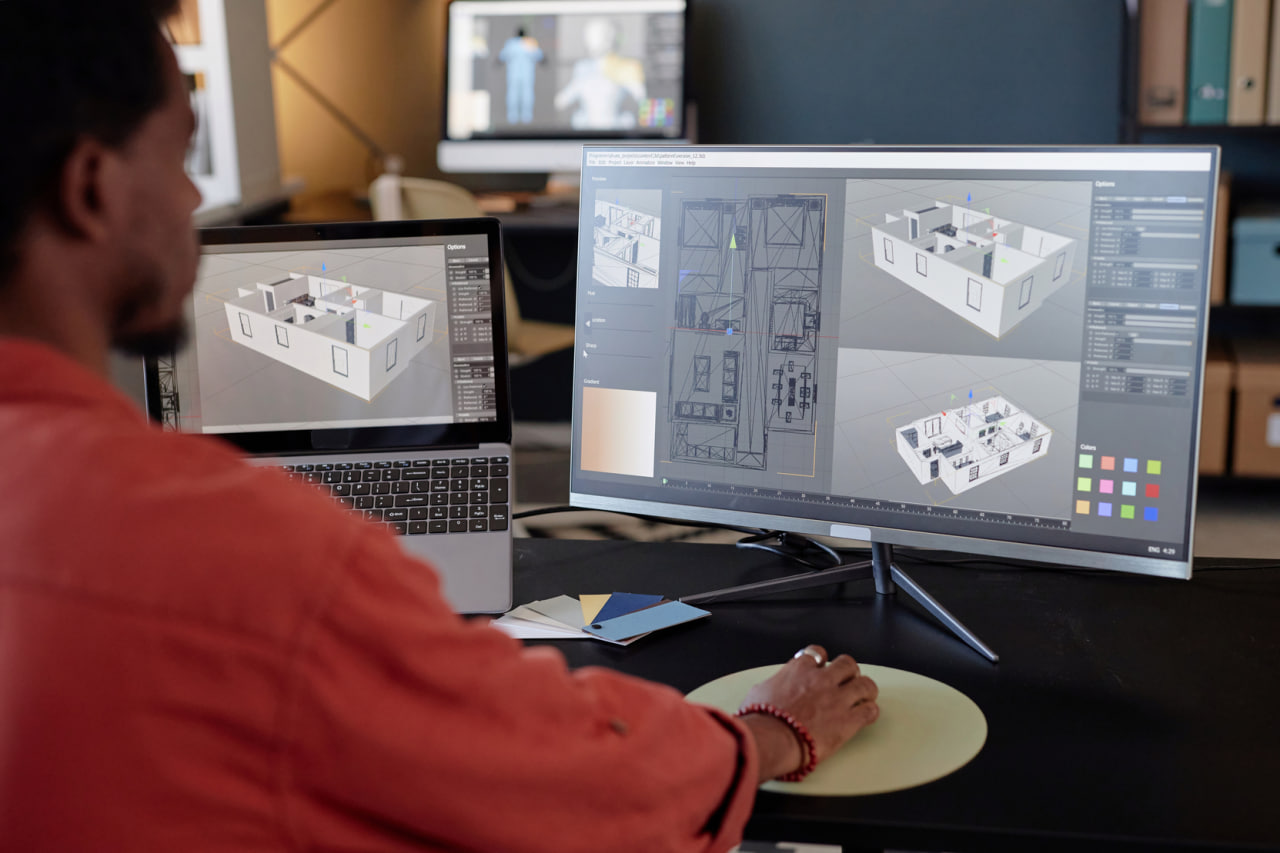Call us now:

The world of 3D art is constantly evolving, with new techniques, tools, and styles emerging every year. Staying up-to-date with current trends is essential for both beginners and experienced artists who want to create visually compelling work and remain relevant in the industry. This year, several trends are shaping the direction of 3D modeling, digital sculpture, and animation, offering inspiration and opportunities for growth.
Hyper-Realistic Textures and Materials
One of the most noticeable trends in 3D art this year is the push toward hyper-realism. Artists are focusing on creating models with incredibly detailed textures and realistic materials. From skin and fabric to metals and natural surfaces, hyper-realistic rendering brings models to life. Beginners can experiment with high-resolution textures, PBR (Physically Based Rendering) materials, and attention to small details to make their work stand out.
Stylized and Playful Designs
While realism continues to dominate, stylized designs are also gaining popularity. These works embrace bold colors, exaggerated proportions, and imaginative aesthetics. Stylized 3D art is widely used in games, animation, and illustrations because it allows for creative expression beyond the limits of reality. For beginners, exploring stylization is a fun way to practice artistic creativity while learning modeling and texturing fundamentals.
3D in Motion and Animation
Motion has become an essential element in 3D art. Animations, looping GIFs, and motion graphics are increasingly integrated into portfolios, marketing materials, and social media content. Simple animations, such as rotating models, character movements, or dynamic lighting, can greatly enhance the visual appeal of a project. Beginners should start experimenting with keyframes, rigging, and basic animation techniques to bring static models to life.
Nature-Inspired and Organic Forms
Natural shapes, organic textures, and earthy color palettes are trending in 3D art. Artists are drawing inspiration from plants, landscapes, and biological forms to create models that feel alive and harmonious. This trend emphasizes flowing lines, asymmetry, and realism in natural objects. Beginners can practice by modeling leaves, rocks, or simple creatures, focusing on the curves and irregularities that make organic forms feel realistic.
Low-Poly and Minimalist Aesthetics
Low-poly art continues to maintain a strong presence, especially in games and stylized animations. This trend focuses on simplicity, using fewer polygons and clean shapes to convey a concept effectively. Minimalist 3D models are visually striking, easier to animate, and perfect for beginners who want to practice modeling without complex geometry. Low-poly design teaches efficient modeling techniques and reinforces strong composition skills.
Virtual Reality and Interactive 3D
The rise of VR and AR technologies has influenced how 3D artists approach their work. Models are increasingly created with interactivity in mind, designed to be explored in virtual environments. For beginners, this trend highlights the importance of scale, detail optimization, and real-time rendering considerations. Learning to design for VR or interactive applications opens opportunities for gaming, simulation, and immersive storytelling.
Inclusive and Diverse Representation
Inclusivity has become a central focus in creative industries, including 3D art. Artists are creating diverse characters, environments, and narratives that reflect a wide range of cultures, body types, and perspectives. Representation matters, and incorporating diversity into your work makes your art relevant and meaningful. Beginners can start by practicing character modeling and scene creation that thoughtfully reflects diverse experiences.
